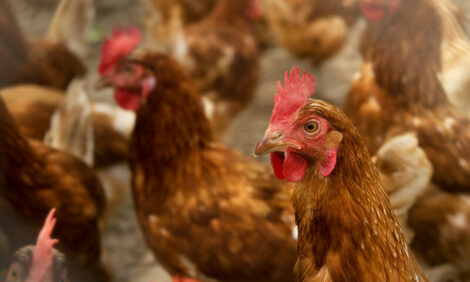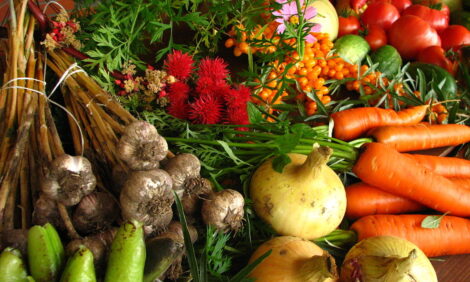



Protecting Australia's Growing Duck Industry
AUSTRALIA - A new Poultry CRC project led by Dr Conny Turni will, for the first time, give the Australian duck industry tools to help diagnose and control infectious serositis or New Duck disease.Ducks suffer from this often fatal form of septicaemia, which is caused by a respiratory bacterium, Riemerellla anatipestifer, invading the bird’s bloodstream. Symptoms include respiratory difficulties like coughing and nasal discharge, weight loss, diarrhoea, lethargy, swollen joints and limbs, and nervous disorders, such as tremors of neck and incoordination.

As Dr Turni, a researcher based at the Queensland Alliance for Agriculture and Food Innovation (QAAFI) at the Universitry of Queensland), explains, “Riemerellla anatipestifer has at least 21 variations called serovars. It is vital to know which serovar or serovars are causing the disease because the most common method of preventing further infection is through a vaccine derived from the disease-causing serovars, called an autogenous vaccine. Such vaccines provide protection only against the serovar or serovars in the vaccine. Up until now, the Australian industry has had no capacity to design vaccines appropriately, as our diagnostic laboratories cannot provide services such as serotyping or genotyping. This means there is no advice available for the producer on which serovars are involved in the outbreak and, therefore, no advice can be provided on which serovars to include in an autogenous vaccine.”
All this will change once new diagnostic methods are developed under the new CRC project. The new assays include a species specific polymerase chain reaction (PCR) assay, serovar identification with hyperimmune rabbit sera, and genotyping by Enterobacterial Repetitive Intergenic Consensus (ERIC)-PCR assay. These methods will provide rapid initial diagnosis of the disease through the PCR assay, while the ERIC-PCR will function as a kind of DNA fingerprint to support the serotyping work in the accurate identification of serovars.
According to Dr Turni, “The outcome will be a laboratory-based service that can provide confident species level identification and a serotyping/genotyping service that can be used to guide vaccination programs. It will permit us to construct autogenous vaccines containing a set of serovars based on more than blind guesses.”
The project is due to start this year and the Poultry CRC aims to have the serotyping/genotyping service operating through the shared Department of Agriculture, Fisheries and Forestry/QAFFI laboratory at the EcoSciences Precinct in Brisbane by the end of 2013.











